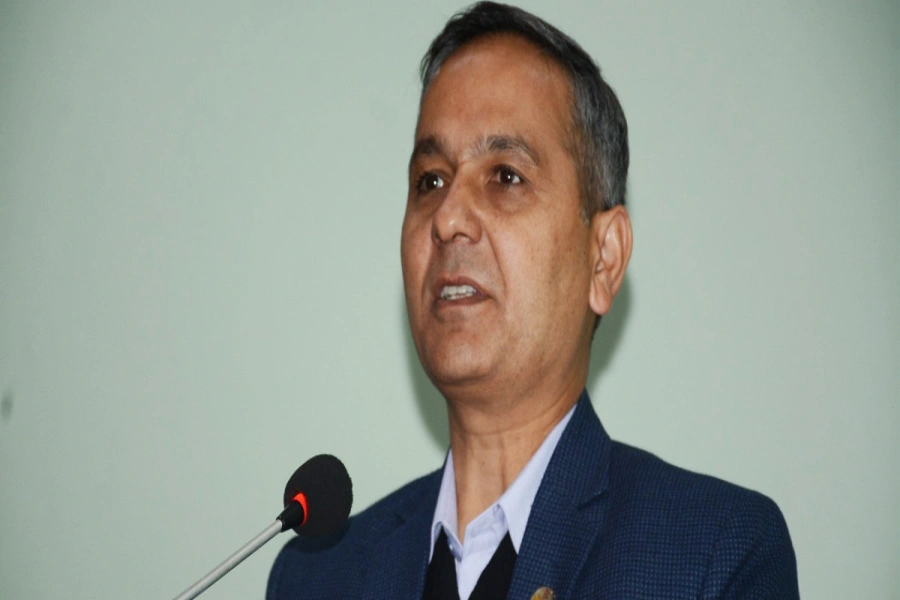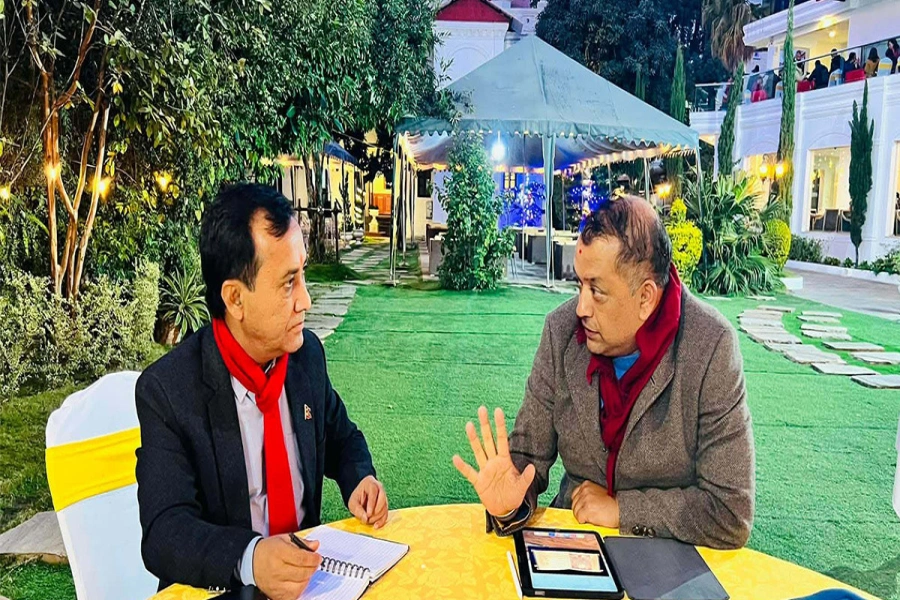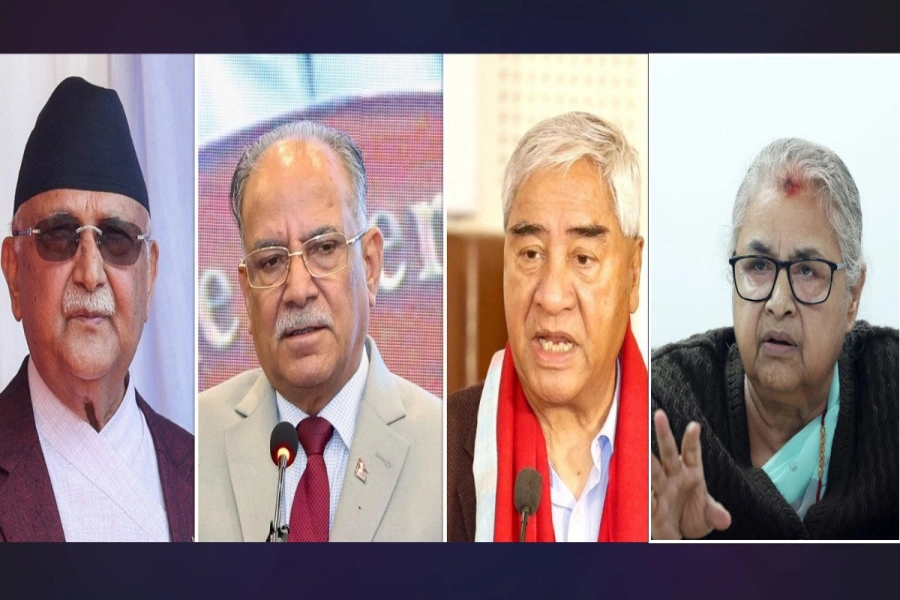"We have asked the Ministry of Finance (MoF) and NRB to forward us all documents and details related to the deal within two working days," said PAC Chairman Som Bahadur Thapa.[break]
"The news has us stunned, as we never suspected foul play was possible in deals like this," said Thapa.
The anomaly in the deal signed nine years ago had surfaced after an audit team that probed the scandal besetting NPA confirmed that NPA agent had bribed officials in Nepal to win the note printing contract.
"Our evidence include admissions by the agents that they used commission payments from NPA to bribe officials to secure the printing contracts from the central bank," Australian newspaper Sydney Morning Herald had quoted a senior central bank official as saying.
Sydney Morning Herald broke the bribery story, dubbing it "the largest corporate scandal in Australian history". Nepali officials privy to the scandal conceded to Republica that the Australian printer, through its local agent, bribed Nepali authorities to supply the notes, which were of inferior quality.
"NPA´s local agent, Himalaya Pande, promised, and later paid, local officials and politicians 4 percent of his commission money to win the contract for printing 50 million polymer notes," said the NRB official privy to the scandal.
The total printing contract was worth AUS$ 3 million (Rs 130 million as per 2002 exchange rates), of which Rs 5.22 million (4 percent of the contract amount) was paid as bribe to Nepali politicians and central bank officials, according to the NRB official.
Following the coverage of the news by Republica, the Commission for the Investigation of Abuse of Authority (CIAA) on Friday also said the case had drawn its attention and will instantly begin investigation.
CIAA officials admitted they were tipped off by an Australian authority about bribery three years ago. However, they failed to explain why the case was never probed.
"We were further surprised when our initial inquiry Friday showed CIAA did not even create a formal case file then on such a serious matter," said a source.
Now that the case has become public, CIAA Secretary Bhagawati Kafle said the commission will begin investigations afresh. "I have already instructed an official to create a case file," he told Republica. NRB also said it will also carry out investigation into the 2002 deal.
According to NRB officials, NPA had committed itself to using Intaglio technology, a family of printmaking techniques in which the image is incised into a surface, but had delivered notes printed in off-set printer.
The print quality was so poor that the color faded on slight rubbing and the polymer quality was also substandard. Not surprisingly, the note´s consumer acceptance level was merely 27 percent.
NRB, on the other hand, had amended a provision in the NRB Act, which mandated that notes should be printed only on paper, to serve the interest of the Australian printer. It even paid NPA 2.5 times more than what it was paying for printing paper notes. NRB had argued the higher payment as justified saying life of polymer note is five times longer than paper notes. But NRB´s claim about the life of polymer notes proved false.
Later in 2005, the central bank cancelled the agreement with the Australian printer and began withdrawing polymer notes from the market.
CIAA files anti-graft case against ex-governor Rawal over poly...





































